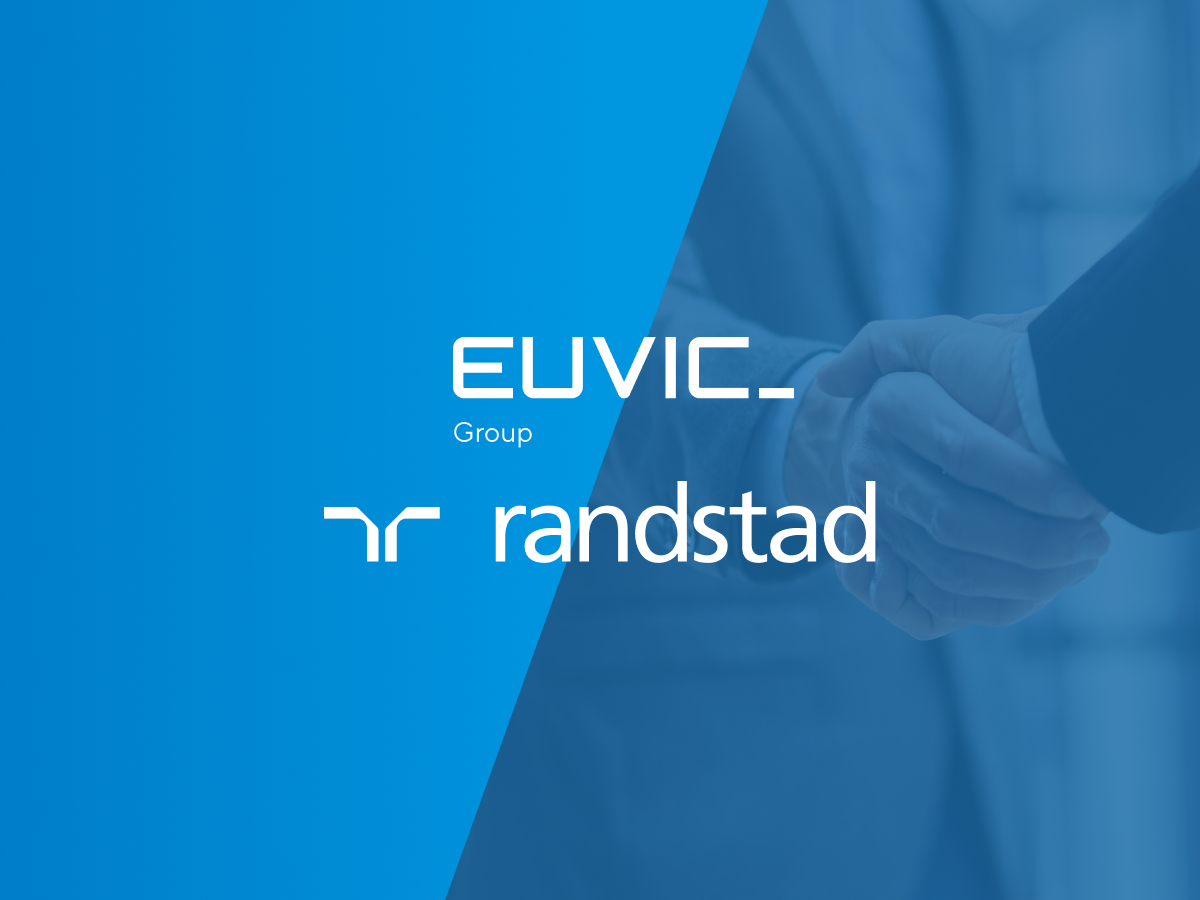Strategic support in monitoring, detecting, and effectively managing cyber threats
Client_
A global company providing leasing services for specialized transportation equipment, operating across multiple continents. It offers comprehensive solutions for the transportation and aviation industries, including the leasing of technical components. Its diverse range of services available to clients in many European countries.
Challenge_
Security Operations Center (SOC) in a project for this client faces several challenges due to the characteristics of the railway transport industry and the requirements of modern cybersecurity.
- Distributed infrastructure The client operates in multiple international markets, managing a fleet of wagons and infrastructure across different continents. The dispersed physical infrastructure, along with diverse IT systems, creates challenges in monitoring and managing security. The SOC must coordinate actions on a global scale, increasing the complexity of oversight and incident response.
- Integration of IT and OT (Operational Technology) systems
Railway and logistics sectors rely on both IT systems and operational technologies (OT) related to the direct control of technological processes, such as railway traffic control systems and wagon status monitoring. The SOC must monitor both environments, which have different requirements and vulnerabilities, requiring advanced tools and expert knowledge of OT-related threats.
Real-time incident management
In the case of railway and logistics systems, any delays in responding to incidents can lead to significant operational disruptions. The SOC must act immediately to minimize the risk of downtime or sabotage of systems, which can heavily impact operations, transportation safety, and customers.
Compliance with regulations and industry standards
Operating in multiple countries, the client must comply with varied legal regulations regarding IT security, data protection (e.g., GDPR), and operational safety standards. The SOC must ensure compliance with these regulations, requiring continuous monitoring of changes in laws and adjusting security procedures accordingly.
Emerging cyber threats
The railway transport sector is becoming a target for increasingly complex cyberattacks, including ransomware, DDoS attacks, and intrusions into traffic control systems. The SOC must continuously monitor emerging threats, develop early warning systems, and adjust incident response procedures accordingly.
Protection of customer and logistics system data
Customer data, transport schedules, and information about the condition of rolling stock are critical for the company’s operations. The SOC must ensure the proper protection of this data from unauthorized access, theft, or manipulation. This is particularly important as security breaches can affect the company’s reputation and its relationships with partners.
Scalability of SOC operations
As the company and its international operations grow, the SOC must be capable of scaling its operations. This involves increasing resources, investing in new technologies, and optimizing processes to keep up with growing business demands.
Collaboration with external suppliers and partners
Our client collaborates with many external technology and service providers, which introduces additional security challenges. The SOC must monitor and control the security of interactions with these entities to prevent potential threats from external sources.
Lack of human resources
The cybersecurity industry suffers from a shortage of qualified specialists. The SOC in the project for this client must compete for experts in the market while also developing its internal teams, which can present a challenge for effective operation in the face of growing threats.
Rapidly changing technologies
The technologies used in railway transport and logistics are constantly being updated, and the SOC must continuously adjust its tools and procedures. This requires ongoing investment in new monitoring and automation systems that can help detect and respond to incidents in real-time.
Business goals_
In the context of this project, the Security Operations Center (SOC) plays a key role in ensuring the security of IT infrastructure and data, which are fundamental to the company’s operations in the railway transport industry.
The main objectives of the SOC in this project include the following areas:
- Threat monitoring and response
- Sensitive data protection
- Risk management
- Compliance with industry regulations
- Automation and optimization of operations
All these actions aim to ensure the continuity of the company’s operations and the protection of data and systems from potential threats.
Solution_
The provided SOC/SIEM service includes:
- Remote support from the L1 team 24/7
- Remote support from the L2 team 8/5
- Administration of M365 tools and Microsoft Sentinel
- Project management
- Ongoing reporting
The Security Operations Center (SOC) in this project is crucial for monitoring, protecting, and responding to security threats in the IT infrastructure. The main role of the SOC is to ensure that the project’s systems, data, and resources are protected from cyber threats.
Benefits_
Continuous security monitoring
The SOC maintains continuous oversight of the IT infrastructure, detecting any anomalies and potential threats. Monitoring includes:
- Network traffic
- User activities
- Access to data and applications
- Utilization of system resources
With tools such as SIEM (Security Information and Event Management) systems, the SOC collects and analyzes data from various sources, identifying potential incidents.
Incident response
The SOC is responsible for managing security incidents, from detection to resolution. In practice, this means:
- Identifying, analyzing, and classifying threats
- Isolating and neutralizing threats
- Minimizing the impact of incidents on project operations
- Developing response plans and post-mortem analyses to prevent recurrence
Incident management and communication
The SOC plays a crucial role in informing key stakeholders about ongoing threats and protective actions taken. It generates security status and operational reports, which can be used for further strategic protection planning in the project.
Threat analysis and cyber intelligence
The SOC conducts threat analysis and intelligence (Threat Intelligence), enabling the identification of trends, techniques, and tactics used by cybercriminals. This allows the team to prepare for new types of attacks and better tailor defense measures. The SOC analyzes threat data both globally and regionally, improving the ability to predict and prepare for potential risks.
Compliance
The SOC helps ensure that the project infrastructure meets regulatory security requirements such as GDPR, HIPAA, PCI DSS, or other industry standards. It monitors processes ensuring compliance and prepares relevant audit reports.
Security policy management
The SOC is responsible for implementing and enforcing security policies that define data and system protection standards in the project. It regularly reviews and updates these policies to keep up with evolving threats and technologies.
Automation and threat response orchestration
Today, the SOC increasingly uses tools that automate processes related to detecting and responding to threats (SOAR –Security Orchestration, Automation, and Response). Automation allows for a faster response to threats, minimizing the time required to neutralize attacks
Summary_
The SOC plays a crucial role in any project that requires a high level of security. Its main task is to protect systems, data, and users by monitoring threats, responding to incidents, and proactively implementing protective measures.









